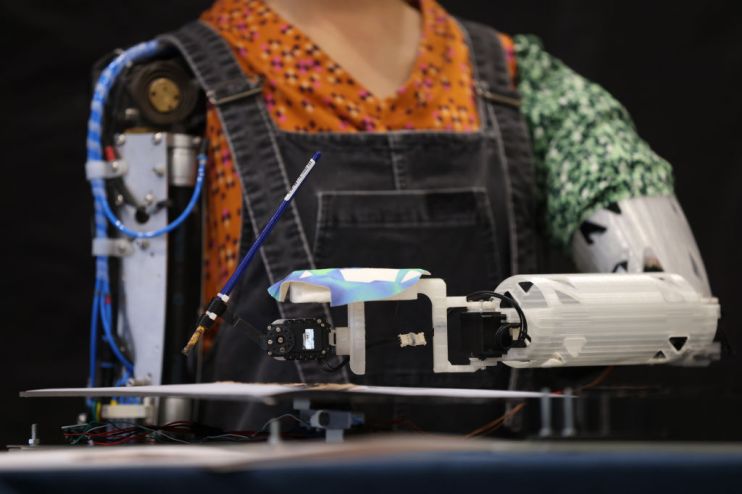Despite its glitches and quirks, we would all be better off not dismissing artificial intelligence

After years of being told that powerful artificial intelligence technology with jaw-dropping capabilities is just about to barrel into our lives, this may be remembered as the year that it finally did. But instead of busting down humanity’s front door with medical nanorobots or job-stealing automatons, AI has quietly become mainstream in the disarming guise of a fun distraction.
It began in January, when DALL-E was released. DALL-E, and competitors like MidJourney, are AI programmes which generate digital images from text prompts. They use deep learning, a type of machine learning that is powered by algorithms which train the models on vast quantities of data. You simply type in your prompt and the AI spits out an image.
This technology proved an instant Twitter hit, largely because of just how frequently and amusingly it gets things wrong, or even better, stumbles into weirdness. In response to the prompt, ‘Ronald McDonald performs open heart surgery’, the programme generated four nightmarish images. In one, three distorted doctors loom over their patient, a prone Ronald McDonald with what may or may not be a chest wound. In another, Ronald appears to be handing a doctor something. But the doctor has no face, while Ronald’s is an unpleasant, incomprehensible swirl, as in Munch’s “The Scream”.
‘Darth Vader ice fishing’ yields a similar blend of the uncanny, comedy, and pure nonsense. Vader’s lightsaber is fused with a large fish. He brandishes a fish in one hand and a diminutive saber in the other. The Dark Lord of the Sith’s disembodied head lies on the snow next to the fish, as if they had fought each other to the death.
More recently, a new playmate crashed onto the scene: ChatGPT. This AI-powered chatbot is a natural language model. You ask, it answers. A friend of mine quickly became obsessed. After he gave the instruction to create a meal plan, and to always include dessert, ChatGPT prescribed “Roasted chicken with mashed sweet potatoes and steamed broccoli” for Thursday dinner. Not bad robot, and for pudding? Answer: “Small serving of fruit sorbet regulation of the world, the economy, and the environment, and it will be able to guide humanity to a brighter future.” Hm. Sounds like a demanding recipe.
But when I asked ChatGPT itself to share some thoughts for this article, it told me that “the advances in artificial intelligence in recent years have been nothing short of astounding.” Even-handedly, it also warned that with such advancements, “there are certainly risks and ethical considerations to be taken into account”. I quite agree.
While extra limbs in DALL-E images or bizarre artefacts in ChatGPT text make it all too easy for us to mock and discount these technologies, their uses and applications will likely be myriad and transformative. My by-line picture for this very article was generated by Lensa AI, which created 100 digital art portraits of me for less than £7 in under 15 minutes. Meanwhile, speedy ChatGPT requires only 10 seconds to write a decent essay for a school history assignment, or generate recipes in multiple languages, or point out the mistake in a string of code.
As AI continues to rapidly improve, jobs that many of us considered immune from the threat of automation – journalists, artists – already look much less safe. These technologies fall at the hurdle of genuine creativity – my friend asked ChatGPT to write a murder mystery and it instantly revealed the killer – but how much creativity does a graphic designer really need when creating a product label? Or a junior reporter writing a by-the-numbers obituary?
As seductive as it is to dismiss our new AI friends when they make their silly mistakes, it won’t stop them from having a major impact on the way we work and spend our free time. Go ahead and have fun, order DALL-E to show you what the Himalayas would look like if they were made of tortilla chips, but keep your eyes open: artificial intelligence is bounding forward, and it won’t wait for us.